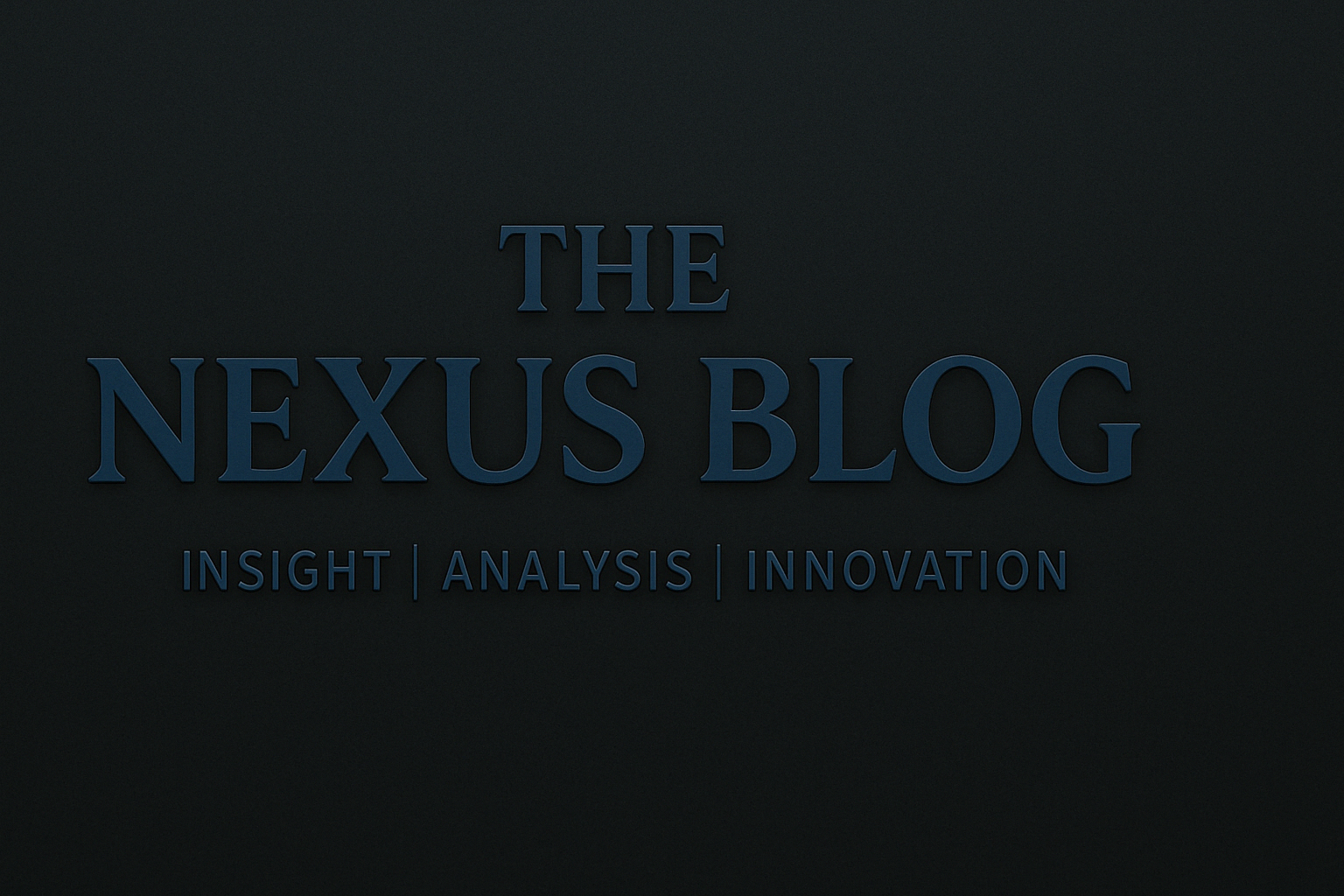The Intelligence Behind the AI: National Security in the Age of Autonomy
05/15/25
The Intelligence Behind the AI: National Security in the Age of Autonomy
Why now?
Artificial intelligence (AI) is no longer a hypothetical concept in the realm of national security. It is embedded, accelerating, and, in some ways, displacing traditional models of intelligence production and policy formulation. But the deeper question is this: As AI reshapes the intelligence cycle from collection to analysis and beyond, what does this mean for strategic decision-making, ethical responsibility, and the future of statecraft?
🧠 From Data Smog to Smart Spying
AI’s earliest utility in intelligence was about speed—sorting massive volumes of data, identifying patterns, and giving analysts relief from the avalanche of digital “noise.” Agencies like the CIA and NSA leveraged AI to overcome what they called “data smog,” and the benefits have been substantial. For instance, AI has saved analysts more than 45 working days per year by automating repetitive “thinking fast” tasks like object recognition in satellite imagery.
But AI is no longer limited to triage.
Today, it’s transforming each stage of the intelligence cycle—from the planning and direction of collection efforts to the automated processing of raw data and the predictive modeling of potential threats. Intelligence professionals envision a future where AI forecasts collection needs, autonomously selects optimal sensors or agents (human or digital), and even assists in HUMINT recruitment.
📊 Analysis: Collective Intelligence and the Illusion of Objectivity
AI’s role in analysis is no longer just automation—it’s augmentation. The ambition is now one of “collective intelligence,” with machines and humans collaborating to sharpen insight, detect bias, and correct for human cognitive failures like over-warning or under-warning. AI systems are being developed to serve as analytical sentinels, flagging inconsistencies, confirming data integrity, and offering adversarial simulations to reduce decision blind spots.
Yet, this augmentation brings its own strategic tensions. As AI becomes more trusted, the risk of overreliance, particularly in crisis settings, becomes pronounced. Decision-makers might defer to algorithmic outputs, even when human intuition signals caution. In national security scenarios such as a Taiwan blockade, AI-generated recommendations could either avert catastrophe or amplify it, depending on how confidently humans defer to them.
⚖️ Ethical and Strategic Risks: Predictability, Bias, and the Human Loop
Perhaps the most disruptive challenge posed by AI is its unpredictability. As outlined by the Oxford Internet Institute, the “predictability problem” refers not to whether AI behaves logically, but whether its outputs can be anticipated at the point of deployment. This matters enormously in national security, where stakes involve kinetic conflict, public trust, and strategic escalation.
Furthermore, AI systems trained on biased data, such as skewed crime statistics, can inadvertently reinforce discriminatory surveillance or misallocate resources. The risk is not just technical failure but ethical erosion and reputational damage, especially in democratic contexts where transparency and accountability remain paramount.
🛰️ Emerging Doctrines and DoD Dilemmas
The U.S. national security architecture is actively grappling with how to operationalize AI without undermining human agency. From the Joint Artificial Intelligence Center (JAIC) to DARPA’s contextual reasoning initiatives, the Department of Defense is investing not only in AI capabilities but also in governance structures to guide their use.
But emerging doctrines must reckon with geopolitical asymmetries. Nations like China, which face fewer regulatory and ethical constraints, are racing ahead in militarized AI applications. The U.S., by contrast, operates in a regulatory patchwork, bounded by legal norms, civil liberties, and a tech sector wary of becoming an arm of the surveillance state.
🚨 The Need for Guardrails and Governance
AI will never be a plug-and-play substitute for strategy. It will challenge bureaucratic hierarchies, redistribute influence among agencies, and raise new dilemmas in command-and-control systems. The creation of international norms—akin to arms control regimes—is imperative to reduce the risk of miscalculation and strategic ambiguity between AI-enabled rivals.
Until then, AI in national security will remain a double-edged sword—one that can either illuminate the battlespace or blur the path to escalation.

